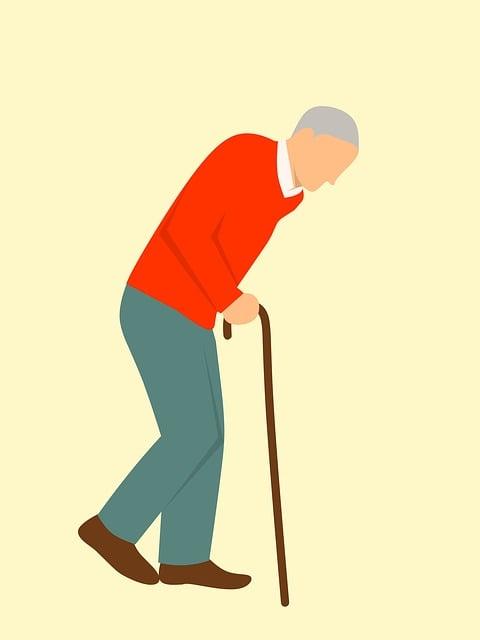Key words: antigravity treadmill, rehabilitation, periarticular fractures, weight-bearing
aim:To explore whether antigravity treadmill therapy can improve recovery by allowing patients to safely weight their limbs, thereby reducing negative effects, and to determine the effectiveness of antigravity treadmill therapy in improving outcomes for patients with periarticular fractures.
hypothesis:Patients treated with anti-gravity treadmills will report better function six months after final treatment compared to patients receiving standard care.
Abstract:In current clinical practice, weight-bearing is usually limited to 12 weeks after final fixation of lower limb periarticular fractures. However, muscle atrophy resulting from restricted weight bearing has detrimental effects on bone healing and overall limb function. The use of anti gravity treadmill therapy allows patients to improve recovery of the limb through safe weight bearing during treatment, thereby reducing the negative effects of long-term non-weight bearing while avoiding the complications associated with premature return to full weight bearing.
The article is quoted in:[1]J Orthop Trauma Volume 36, Number 1 Supplement, January 2022
Background principle
There is growing evidence that muscle atrophy resulting from restricted weight bearing has adverse effects on bone healing and overall limb function. In addition, during long periods of non-weight-bearing, reduced limb load can lead to decreased bone mass and strength, as well as cartilage degradation and joint stiffness. Muscle atrophy, bone loss, and cartilage degeneration that occur during long-term non-weight-bearing procedures can be mitigated by controlled early weight-bearing therapy. Anti-gravity treadmills provide reliable weight support of 1 to 20 percent of body weight.

The study population included patients aged 18-55 years who had fractures of the distal femur, tibial plateau, or distal tibia and were eventually treated with open reduction and plate fixation. Patients were excluded if they were immobile prior to injury, or were unable to participate in weight-bearing activities due to treatment progression or psychological status, or had prior joint trauma, or injury to the contralateral limb, upper limb, or axial bones. Patients must also be able to start treatment with an anti-gravity treadmill within 28 days of final treatment. Patients meeting the above eligibility criteria undergo intervention and research procedures at their first post-operative visit by their orthopaedic trauma surgeon and clinical field study Coordinator to facilitate informed decision making about trial participation.
This study had many advantages, including the expertise of the research team, the multi-site randomized clinical trial design, which was built on the METRC research infrastructure, the use of effective patient-oriented questionnaires and performance tests, and a standardized intervention protocol. The study carefully considered a control-trainer portion of the treatment regimen: physical therapy 2-3 times a week for 10 weeks, but without the use of an anti-gravity treadmill. This design increases internal effectiveness by controlling variables.
The Goldenall anti-gravity treadmill can achieve up to 85% body weight loss, wrapping our legs in an air bag environment similar to a space capsule, making the body weight reduced. For patients recovering from joint injury after surgery, the use of anti-gravity treadmill for rehabilitation training can reduce the pain of patients’ limbs and improve their self-confidence in rehabilitation training.